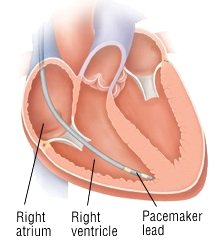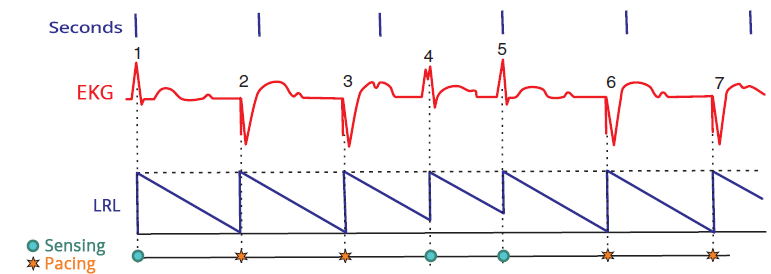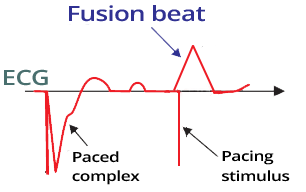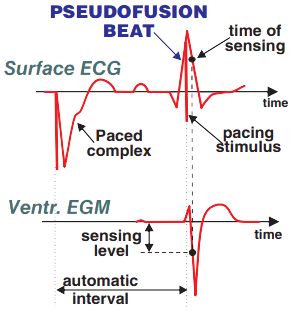Home /
Ventricular fusion beat and Ventricular pseudofusion beat pacemaker activity


VVI pacemaker


VVI pacemaker


VVI Pacemaker
Sources
Home /
Ventricular fusion beat and Ventricular pseudofusion beat pacemaker activity
|

|

VVI pacemaker
Fusion beat during pacing
|

|

VVI pacemaker
Pseudofusion Beat during Pacing
|

|

VVI Pacemaker
Sources